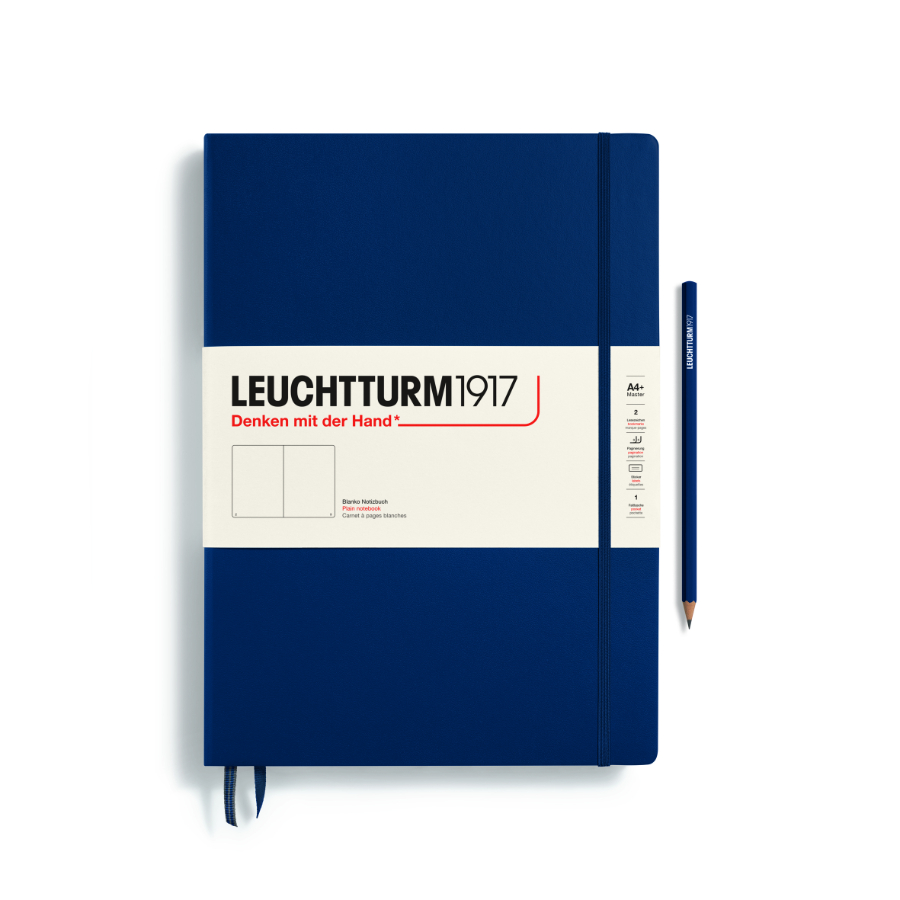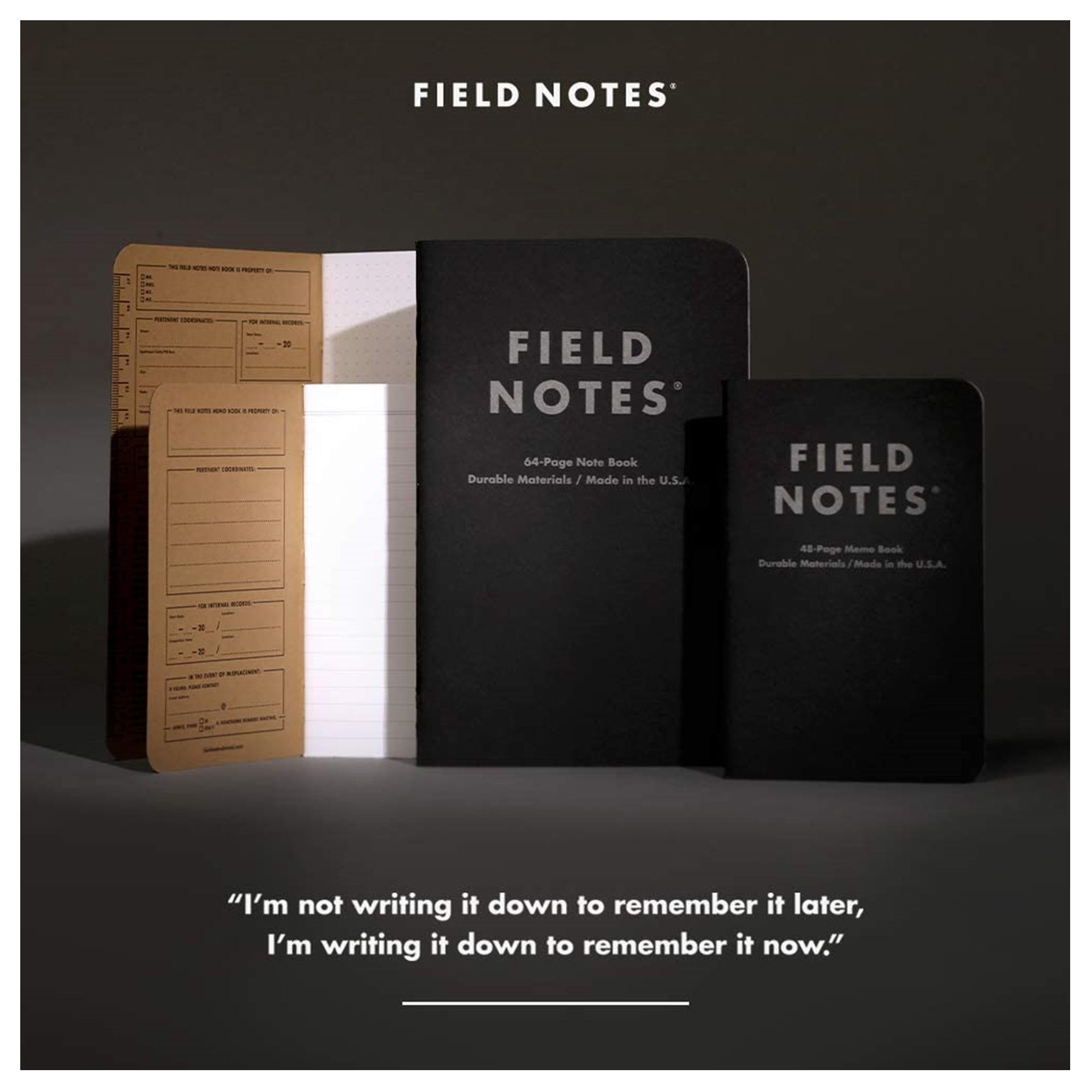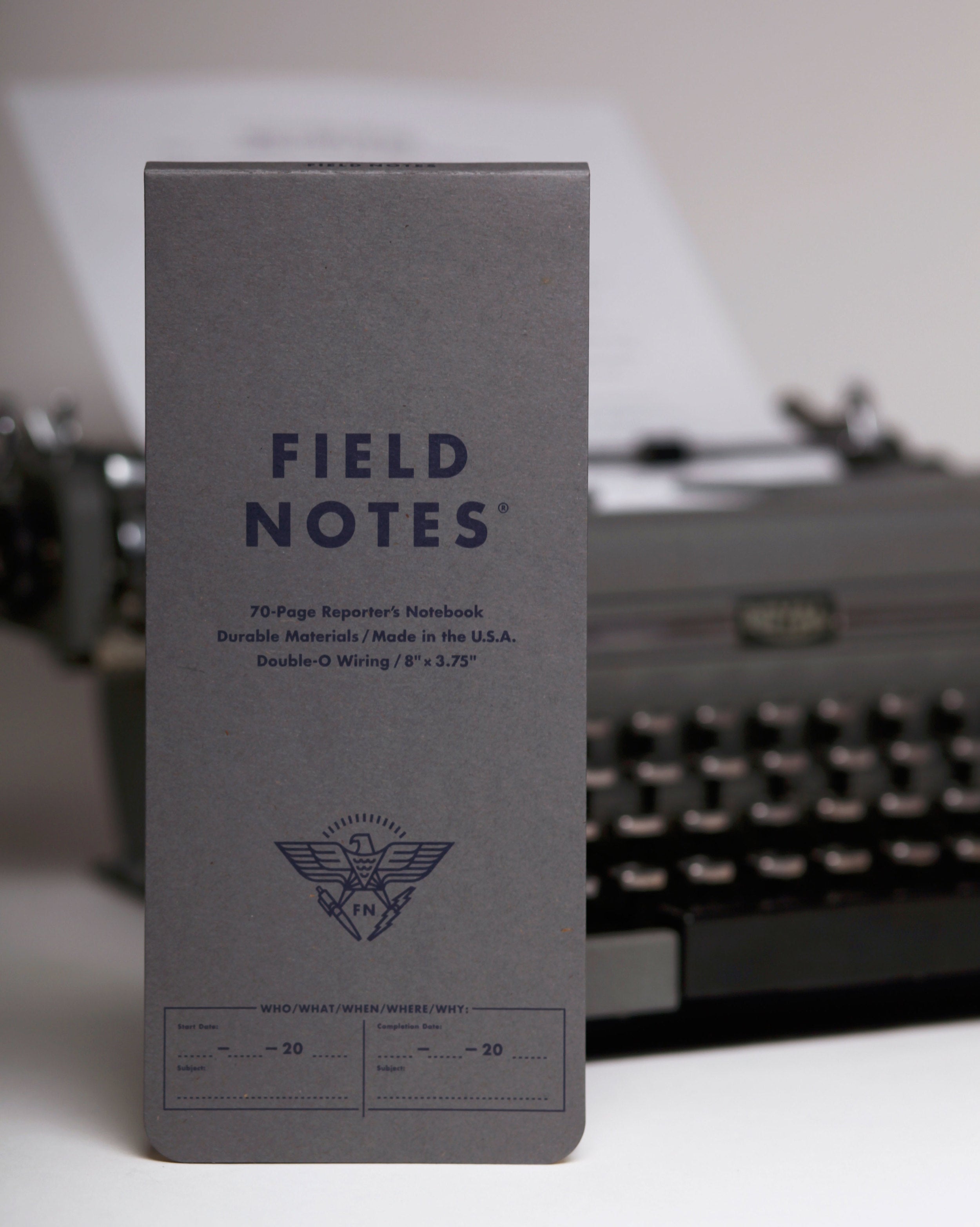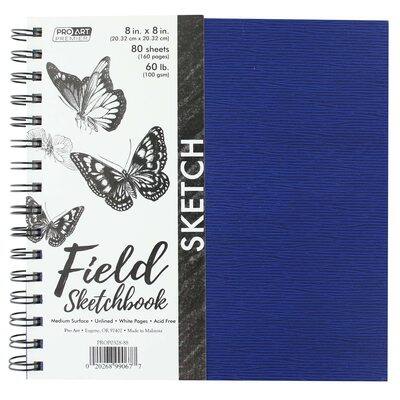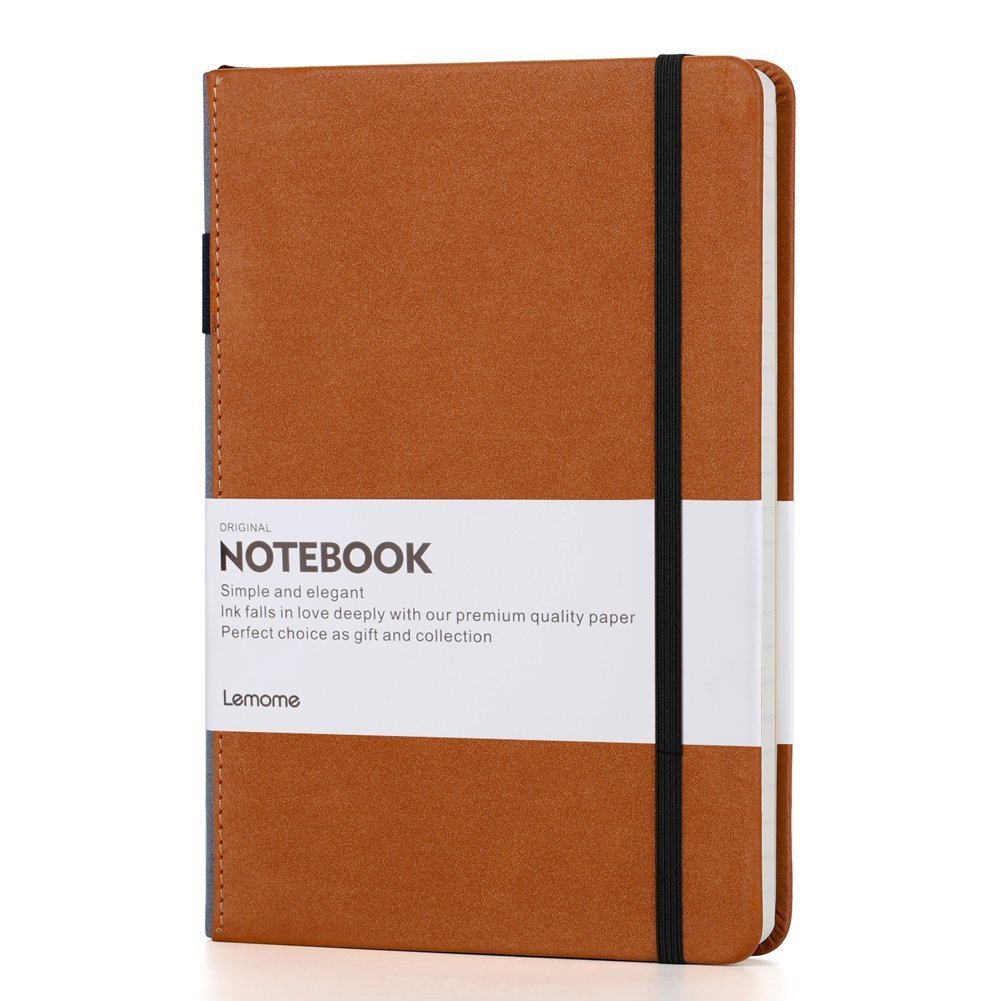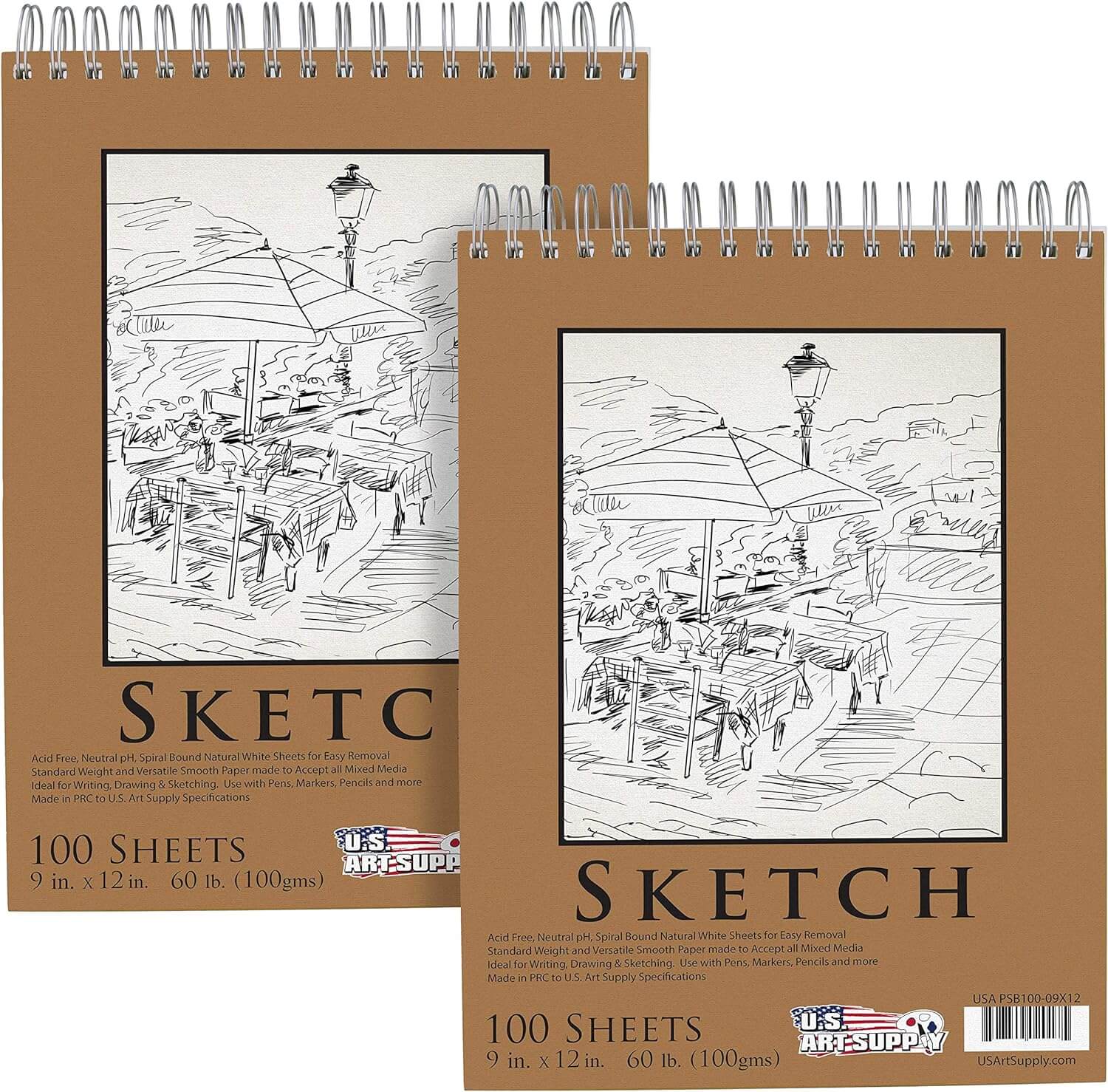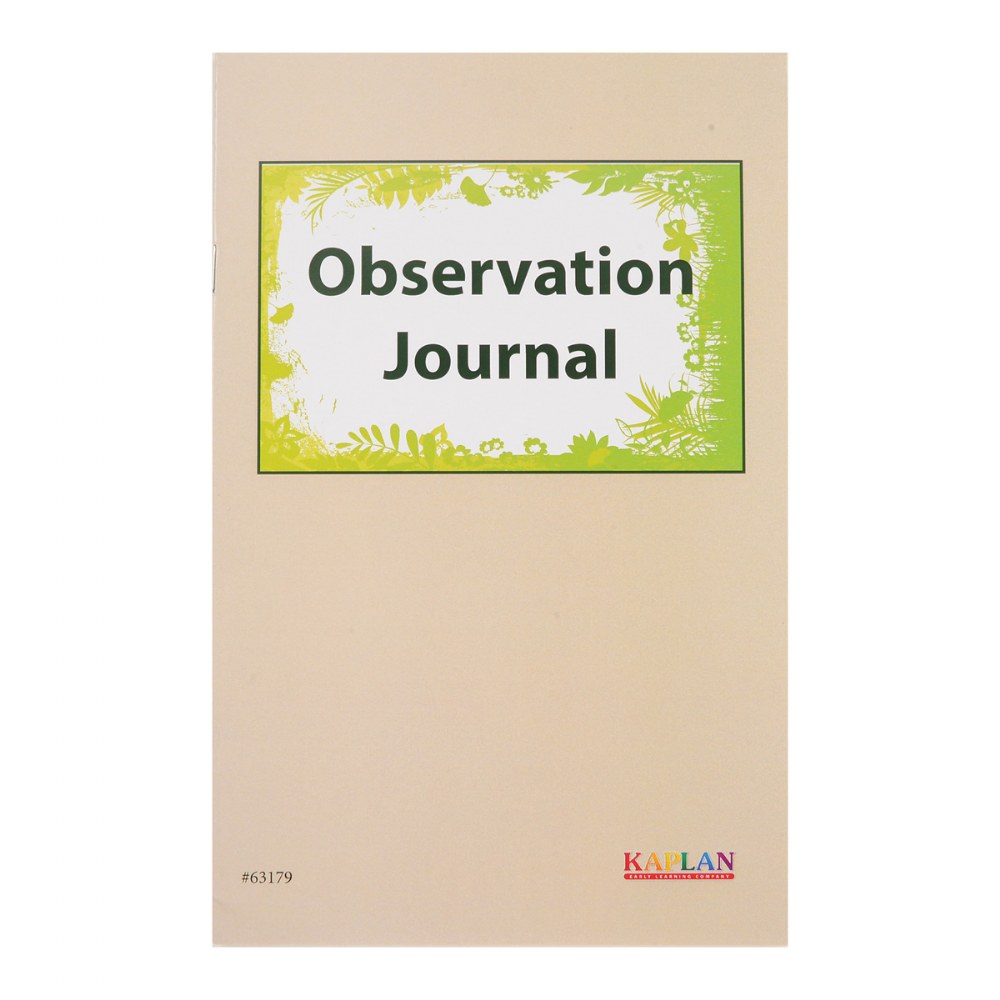Discover Pandipedia
Pandipedia is the world's first encyclopaedia of machine generated content approved by humans. You can contribute by simply searching and clicking/tapping on "Add To Pandipedia" in the answer you like. Learn More
Expand the world's knowledge as you search and help others. Go you!

Urban areas in Europe are expected to account for over 75% of the population by 2050
Unknown[1]
The cost of ownership for personal vehicles is rising, pushing consumers towards car rental solutions
Unknown[1]

As car ownership becomes less appealing in densely populated regions, the Europe Car Rental Market Industry stands to gain significantly
Unknown[1]
Urban mobility trends are reshaping consumer behaviors, reflecting a shift towards renting over ownership
Unknown[1]
This demographic shift is prompting individuals, particularly younger populations, to opt for car rentals as a more flexible and economical transportation alternative
Unknown[1]
Let's look at alternatives:
- Modify the query.
- Start a new thread.
- Remove sources (if manually added).
- Request a manual search from our human research team.
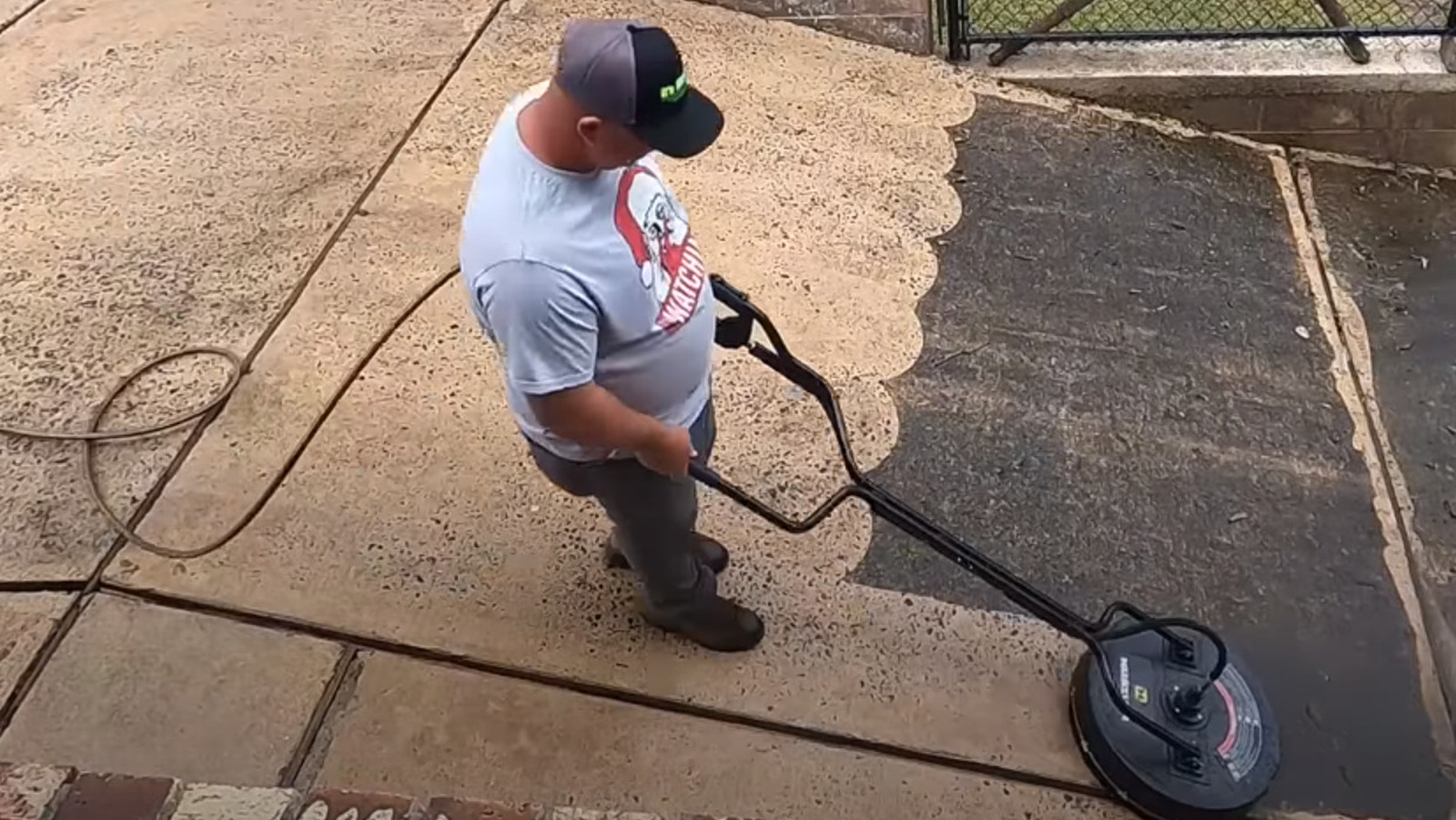
Oddly satisfying videos are trending due to a combination of their stress-relieving effects and the rising demand for instant gratification in a fast-paced, high-stress society. These videos release chemicals in the brain, like serotonin and dopamine, similar to the feelings experienced when eating sugar or receiving notifications on a phone, which foster relaxation and positivity[2]. Additionally, the genre’s popularity coincides with an increase in anxiety among many individuals, making such quick, satisfying content appealing as a form of stress relief[2][5].
Moreover, the 'just right' feeling evoked by these videos satisfies a subconscious urge for order and completion, which resonates with viewers, especially those dealing with anxiety[1][4][6]. The tactile nature of these videos brings a nostalgic comfort that draws in a wide audience[3].
Let's look at alternatives:
- Modify the query.
- Start a new thread.
- Remove sources (if manually added).
- Request a manual search from our human research team.
Get more accurate answers with Super Search, upload files, personalised discovery feed, save searches and contribute to the PandiPedia.
Introduction to Complexity and Entropy
In scientific discussions surrounding closed systems, the concepts of complexity and entropy often arise. While entropy is recognized for consistently increasing in isolated systems, complexity exhibits a more intriguing pattern—it tends to rise and fall as systems evolve. This phenomenon, likened to the mixing of coffee and cream, showcases how systems can initially become complex before reaching equilibrium. The paper, 'Quantifying the Rise and Fall of Complexity in Closed Systems: The Coffee Automaton,' explores this phenomenon mathematically and through simulations, aiming to derive insights into how complexity behaves over time in closed systems.
The Coffee Automaton Model
The primary focus of the paper is a two-dimensional cellular automaton that simulates the interaction between two liquids—coffee and cream. Initially, coffee particles occupy the bottom half of a grid, while the top half contains cream particles. As time progresses, the particles mix based on a predefined transition rule. This simple setup serves as a model for examining more complex phenomena in closed systems, like how the state of the automaton changes over time.
The introduction of the coffee automaton illustrates that, as particles interact, the system transitions from a low-complexity state to a state characterized by varying levels of texture and order. Over time, it predicts that complexity increases, peaking at a certain point, before ultimately decreasing as the system approaches equilibrium. The paper offers a structured investigation into this complexity pattern, arguing for a quantitative exploration of the topic.
Measuring Complexity: Theoretical Foundations
Measuring complexity effectively has been a challenge for researchers. The authors propose several metrics, including:
Apparent Complexity: This is defined as the amount of information needed to describe the state of the system, with the goal of capturing the notion of 'interesting' structures amidst randomness. The authors suggest that the apparent complexity should increase initially, reflecting a growing disorder before descending towards a more stable state.
Sophistication: This concept generalizes the idea of complexity by incorporating aspects of the dynamics that govern system behavior. Sophistication provides a means to assess how 'interesting' a given state is compared to a more random configuration.
Logical Depth: This metric focuses on the time it takes to produce a particular string or state. A lower depth indicates a system that can be generated quickly, while a higher depth implies a complex process requiring more time.
Light-Cone Complexity: This approach looks at how much could be predicted about a system's future states based on its past states. It is grounded in causal relationships within a dynamic framework.
Through simulations of the coffee automaton, the authors validate these concepts, demonstrating that complexity indeed follows a rising and falling trajectory, and linking these behaviors to definitions of order and disorder in complex systems.
Experimental Findings and Simulation Results
The authors conducted extensive simulations to empirically test their theoretical models. Their findings indicate a consistent pattern where both interacting and non-interacting automaton models reveal a sharp increase in complexity, which reaches a maximum before declining—mirroring natural phenomena where systems evolve over time through stages of complexity.
Interacting vs. Non-Interacting Models

The interacting model involves direct particle interactions where each particle's mobility is affected by others, creating a rich landscape of possible configurations. In contrast, the non-interacting model treats particles independently, providing a baseline against which the complexity of the interacting model can be measured. The results showed that while complexity in the interacting model fluctuated significantly, the non-interacting model displayed a more stable progression, reinforcing the notion that interactions enhance complexity.
Visualizations from the simulations illustrated these differences starkly. For example, at the beginning of the interaction, the systems displayed low complexity characterized by uniform distributions of coffee and cream particles. As time progressed, the systems exhibited more intricate patterns and distributions, defining stages of high complexity that dissipated as the systems began to stabilize.
Adjusting Coarse-Graining Methods

Further refinements to the methodology were introduced to minimize artifacts introduced by coarse-graining techniques. The authors proposed an adjustment that reduced the impact of noise in the coarse-grained representation by employing multiple thresholds for defining particle states, ultimately streamlining complexity estimates.
This adjustment helped ensure that the complexity measured was more reflective of the underlying dynamics rather than artifacts from the measurement process. The adjusted findings reaffirmed that the interacting automaton exhibited periods of high complexity, even as the non-interacting model maintained a more consistent but less complex state over time.
Conclusion

The study of complexity within closed systems reveals profound insights into how simple interactions can lead to intricate structures. The coffee automaton provides a powerful framework for understanding these dynamics, blending theoretical exploration with empirical validation. As systems evolve, their behavior offers a mirror to natural complexities, showcasing the intricate dance between order and disorder. This research not only advances our comprehension of complexity but also opens avenues for future exploration into the underlying principles governing closed systems.
By detailing the rise and fall of complexity, we can better appreciate the delicate balance that characterizes systems, ultimately enriching our understanding of both physical and abstract processes in the universe.
Let's look at alternatives:
- Modify the query.
- Start a new thread.
- Remove sources (if manually added).
- Request a manual search from our human research team.

Rite in the Rain Notebook
A durable and waterproof notebook designed for extreme field conditions, ensuring written notes remain legible even when wet[2].
Leuchtturm1917 Hardcover Notebook Classic
A medium-size hardcover notebook with exquisite paper that resists ink bleeding and feathering, organized with index pages and labels[9].
Field Notes Memo Book
A compact, pocket-sized notebook known for its quality paper and durability, ideal for capturing quick notes on the go[9].
Maruman Mnemosyne N194A Notebook
A spiral-bound notebook with smooth paper that excels with fountain pen use, easy page perforation, and unique sectioning for organized note-taking[9].
Midori MD Notebook
A minimalist medium-size notebook with cream-color pages that offers tactile feedback and is designed for sketching and writing with various pens[9].
Field Notes Front Page Reporter’s Notebook
A lightweight notepad with high-quality paper suitable for taking notes one-handed, with a back pocket for small items[9].
Moleskine Cahier Journal
A classic notebook featuring durable cardboard covers and acid-free paper, well-suited for writing and sketching, though it tends to bleed with wetter inks[9].
Rite in the Rain All-Weather Pen
A specially designed pen for use with waterproof paper, allowing for writing in wet conditions without smudging[2].
Polydura Notebooks by Rite in the Rain
Flexible plastic-covered notebooks that resist water and abrasion, ideal for fieldwork and tough environments[2].
UCL Field Notebook
Recommended for geology, this notebook emphasizes the importance of clear observation records and interpretations to facilitate revisiting sites in the future[10].
Fabric-bound Field Sketch Book
Specifically made for sketching geological features, ensuring quality paper holds up under various weather conditions[10].
Weather Writer Notepad
A clipboard with a waterproof cover that lets you take notes effectively in challenging weather, ideal for field mapping[4].
A5 Field Notebook
A portable, water-resistant notebook designed for field observations, with lined or blank pages depending on the user’s preference[11].
Tough cover spiral notebook
Ideal for rugged use, featuring tough covers that withstand wear during field research and can accommodate a variety of writing instruments[11].
Waterproof Field Journal
A journal specifically designed to withstand moisture, excellent for outdoor sketches and notes[11].
Pocket Sketchbook
A small, portable notebook perfect for sketching observations quickly in the field[11].
Grid-Patterned Field Notebook
Allows for precise technical drawings and measurements, useful in geographic studies[11].
Leather-bound Field Journal
A classic option that offers durability along with the appeal of a stylish design, often used by professionals in the field[11].
Ethogram Notebook
Specifically designed for documenting animal behavior with structured sections for recording observations and notes[11].
Spiral-bound sketchpad
Provides flexibility for note-taking and sketching while being easy to manage and transport[11].
Waterproof ID Wallet Notebook
Combines the storage of identification with the utility of a field notebook, ensuring notes stay protected[11].
Compact observation journal
Designed for quick note-taking and portability, ideal for observational studies in various environments[11].
Let's look at alternatives:
- Modify the query.
- Start a new thread.
- Remove sources (if manually added).
- Request a manual search from our human research team.
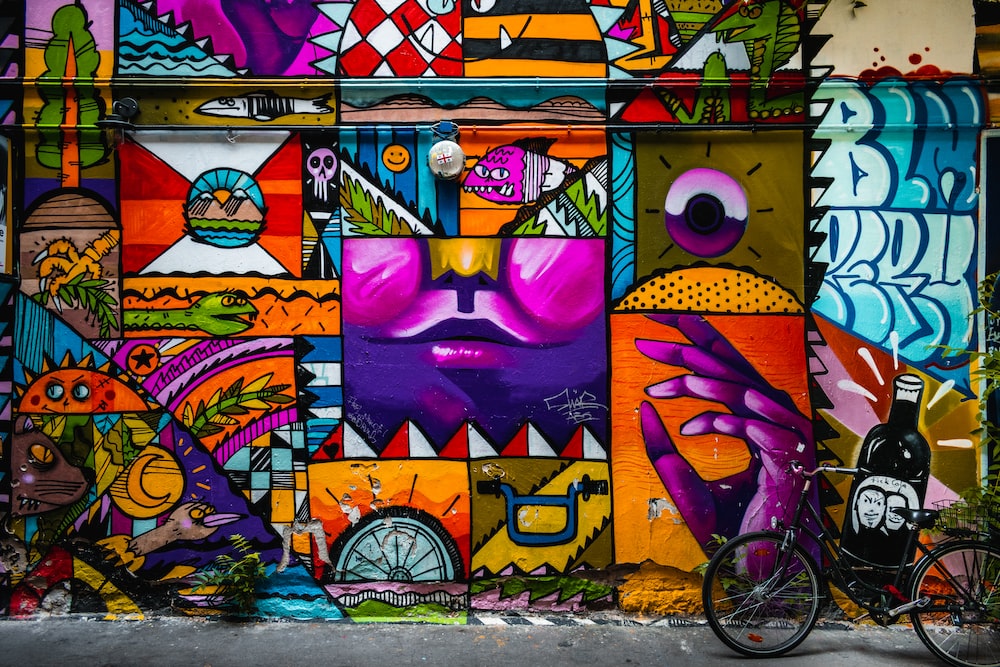
Street art emerged as a recognized art form in the late 20th century, evolving from its roots in graffiti during the 1960s and 1970s in urban centers like New York City. Initially seen as vandalism, it became a medium for marginalized communities to express their frustrations and reclaim public spaces, closely linked to hip-hop culture and social commentary[1][2][4].
The transition to mainstream acceptance was marked by prominent figures like Keith Haring and Jean-Michel Basquiat, who gained notoriety by showcasing their street art in galleries, thus blurring the lines between high art and urban expression. This shift, coupled with the influence of social media and art festivals, solidified street art's legitimacy and cultural significance[2][3][6].
Let's look at alternatives:
- Modify the query.
- Start a new thread.
- Remove sources (if manually added).
- Request a manual search from our human research team.

Timing is a crucial element in comedy as it dictates how effectively a joke lands with an audience. Comedic timing involves the pace, rhythm, and strategic use of pauses to enhance the humor's impact. For instance, a well-timed punchline can generate a strong reaction, while poor timing can lead to a joke falling flat, demonstrating the importance of precise delivery in eliciting laughter[1][2].
Additionally, timing is vital for managing audience expectations. Effective pauses allow audiences to process the setup before the punchline, creating opportunities for surprise and enhancing the overall comedic effect. By carefully manipulating timing, comedians can transform average material into powerful humor[3][4].
Let's look at alternatives:
- Modify the query.
- Start a new thread.
- Remove sources (if manually added).
- Request a manual search from our human research team.
Get more accurate answers with Super Search, upload files, personalised discovery feed, save searches and contribute to the PandiPedia.
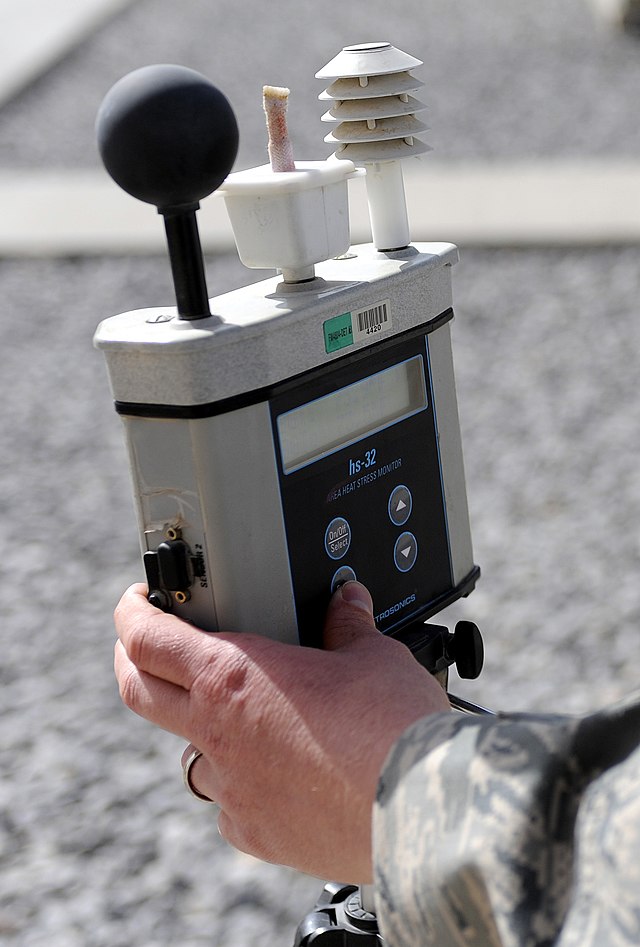
The wet bulb temperature is a measure of environmental heat as it affects humans[2], accounting for air temperature, humidity, radiant heat, and air movement. It is measured by a thermometer covered in a wet cloth[1], reflecting how the human body cools itself with sweat[1]. This temperature is lower than the dry-bulb temperature[5] at lower humidity due to evaporative cooling, and it is used to determine the potential for evaporative cooling and assess heat stress in humans. It is also part of the Wet Bulb Globe Temperature[5] (WBGT) forecast tool used to estimate heat stress on the body in direct sunlight. The American College of Sports Medicine bases its guidelines on the intensity of[2] sports practices based on WBGT[2]. In hot areas, some US military installations display a flag to indicate the heat category based on the WBGT[2]. The wet bulb temperature is important because it relates to the conditions under which humans[3] cannot keep themselves cool, and when it is too high, the body can't cool itself down, leading to serious health risks, especially in extreme heat waves. The National Weather Service provides[3] wet bulb temperature for every location in the US[3].
Let's look at alternatives:
- Modify the query.
- Start a new thread.
- Remove sources (if manually added).
- Request a manual search from our human research team.




Czech Republic
Features a low incidence of violent crime and has been improving in safety ratings[5][6].
Let's look at alternatives:
- Modify the query.
- Start a new thread.
- Remove sources (if manually added).
- Request a manual search from our human research team.
Let's look at alternatives:
- Modify the query.
- Start a new thread.
- Remove sources (if manually added).
- Request a manual search from our human research team.
Let's look at alternatives:
- Modify the query.
- Start a new thread.
- Remove sources (if manually added).
- Request a manual search from our human research team.
